Mountain chickadees have among the best spatial memory in the animal kingdom. New research identifies the genes at play and offers insight into how a shifting climate may impact the evolution of this unique skill.
Tag: Animal Behavior
Surprising behavior in one of the least studied mammals in the world
Some animals live in such remote and inaccessible regions of the globe that it is nearly impossible to study them in their natural habitats.
Nematodes joy ride across electric voltages
Hokkaido University researchers found that tiny nematode worm larvae surf electric fields to hitch rides on passing insects.
Fission-Fusion Dynamics in the Social Networks of a North American Pitviper
Researchers found that rattlesnakes can buffer each other’s stress response, much like humans, when they endure a stressful event together. This is the first time “social buffering” has been studied in a reptile.
Why are muskies the fish of 10,000 casts? Illinois study explains
In a new study, University of Illinois researchers got into the minds of muskies to learn what personality traits make the fish more likely to strike. In the process, they learned valuable lessons that could help conserve the important aquatic predators.
Unlike turkeys headed for Thanksgiving tables, wild ones are vanishing as a WVU researcher hunts for clues
Wild turkey populations are disappearing in many states and a West Virginia University researcher is working to find out why.
Browse, graze, mate: Food and company help animals in captivity
From tongue rolling alpacas to irritable yaks and perturbed pigs, new research has lifted the lid on why some farm and zoo animals cope well with captivity and others display signs of stress.
Researchers from Aberystwyth and Portsmouth universities in the UK have published the first large-scale study to identify which species of hoofed animals, known as ungulates, are better suited to captive environments and which require better husbandry if kept in captivity.
How young chickens play can indicate how they feel
It is common for young animals, in particular mammals, to play. Researchers at Linköping University (LiU), Sweden, have for the first time mapped the development of play in young chickens. The results show that the young chickens spend lots of time playing in different ways – just like puppies and kittens.
Root-farming gophers might be our closest agricultural relatives
Scientists have discovered that gophers harvest crops of roots for food, making the rodents the only other mammal known to farm.

Changes in cholesterol production lead to tragic octopus death spiral
Cholesterol metabolism is responsible for an unusual “death spiral” that some octopus mothers undergo after laying their eggs. The research, published May 12 in Current Biology, reveals that steroid hormones play critical roles in metabolism, behavior, life history and health across the animal kingdom.
These Bats Deter Predators By Buzzing Like Hornets
In Batesian mimicry, a harmless species imitates a more dangerous one in an evolutionary “ruse” that affords the mimic protection from would-be predators. Now, researchers reporting in Current Biology on May 9, 2022, have discovered the first case of acoustic Batesian mimicry in mammals and one of very few documented in any species: greater mouse-eared bats imitate the buzzing sound of a stinging insect to discourage predatory owls from eating them.
Matt Ajemian, Ph.D., Receives Prestigious NSF CAREER Award
Matt Ajemian, Ph.D., has received a $1,103,081 NSF CAREER grant for a project that will build fundamental knowledge on where and when large shell-crushing predators feed in order to ensure a sustainable future for shellfish species. Further, the work can provide guidance to shellfish restoration programs that are currently “flying blind” with respect to predation risk.
Novel Tag Provides First Detailed Look into Goliath Grouper Behavior
A study is the first to reveal detailed behavior of massive goliath groupers. Until now, no studies have documented their fine-scale behavior. What is known about them has been learned from divers, underwater video footage, and observing them in captivity. Using a multi-sensor tag with a three axis accelerometer, gyroscope and magnetometer as well as a temperature, pressure and light sensor, a video camera and a hydrophone, researchers show how this species navigates through complex artificial reef environments, maintain themselves in high current areas, and how much time they spend in different cracks and crevices – none of which would be possible without the tag.
‘Whoop’ – New Autonomous Method Precisely Detects Endangered Whale Vocalizations
One of the frequently used methods to monitor endangered whales is called passive acoustics technology, which doesn’t always perform well.
‘Octo Girl’ Takes a Deep Dive to Discover How Diverse Octopus Species Coexist
A first in situ, long-term study explored how the common octopus, a medium-sized octopus widely distributed in tropical and temperate seas worldwide and the Atlantic longarm octopus, a small species of octopus found in the Atlantic Ocean and elsewhere, coexist by examining their foraging habits and tactics, diet, behaviors and when they are active or inactive. Results show that their very different behaviors and habits is exactly how these two species coexist in a shallow Florida lagoon- even at high densities.
Seven personality and behaviour traits identified in cats
Researchers at the University of Helsinki have developed a new comprehensive questionnaire for surveying feline personality and behaviour.
Climate change to fuel increase in human-wildlife conflict
Climate change is further exacerbating human-wildlife conflicts by straining ecosystems and altering behaviors, both of which can deepen the contacts — and potential competition — between people and animals.
Inheriting mother’s friends key to hyena success
In the wild, inheriting advantageous physical traits may be the difference between a long life and a short one. But for the spotted hyena, another kind of inheritance, one that has nothing to do with genetics, turns out to be extremely important for health and longevity — social networks inherited from their mothers.
Cooked Crustaceans, Cannabis and a Budder Way
Researchers expose live lobsters to vaporized cannabis and confirm the crustaceans absorb THC. Whether the psychoactive compound affects behavior remains open question.
URI students learn about animal behavior by training chickens to perform tasks
Each of the 13 students in URI Assistant Professor Justin Richard’s class is assigned a chicken and is instructed to train it to do several required behaviors, as well as other behaviors the students choose themselves. All train the birds to understand that when they hear a clicker, a food reward will be delivered. They also train the birds to peck at a target. Some students are also training their chickens to get on a scale to be weighed, identify a particular color, or jump through a hoop.
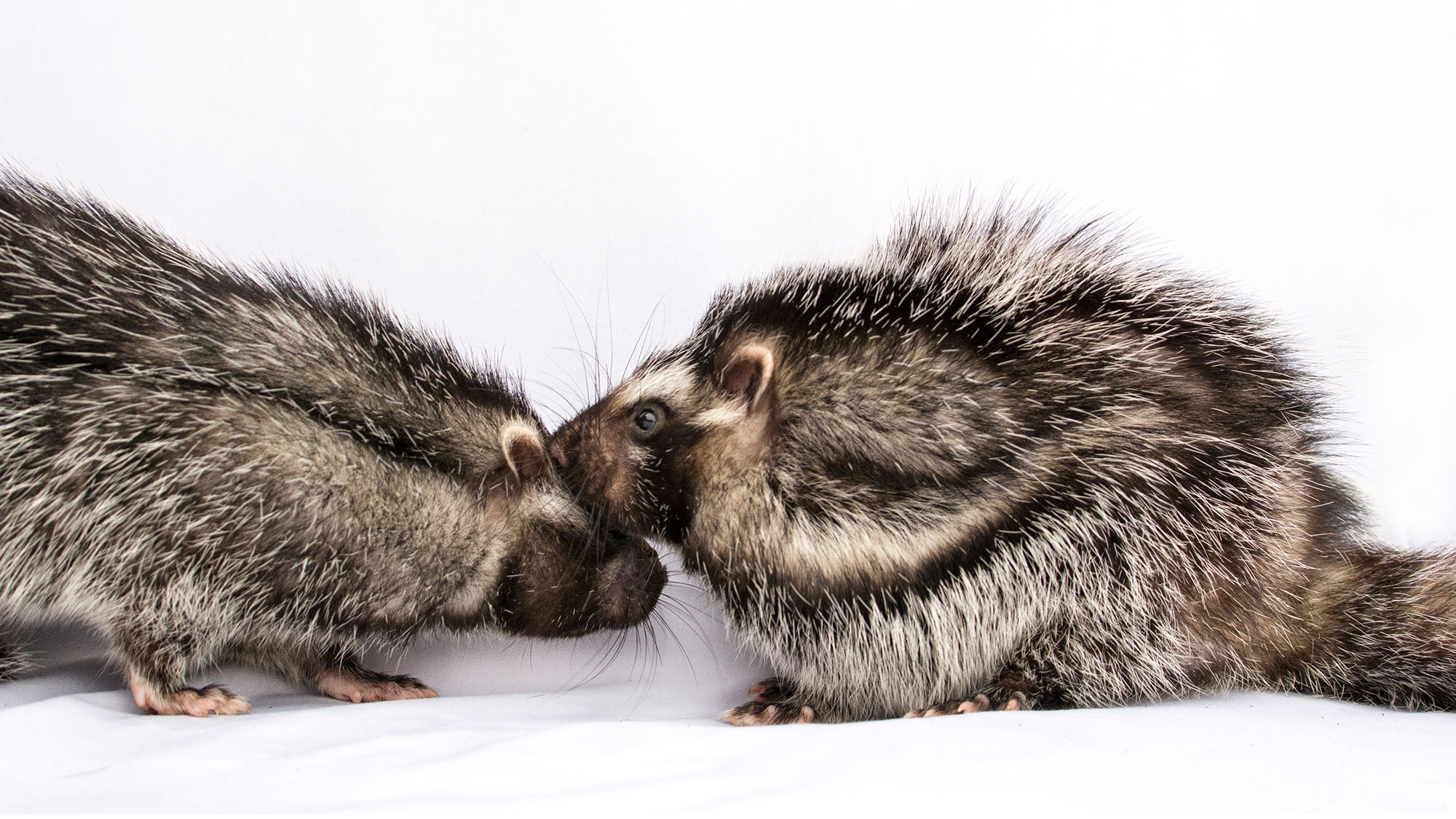
The secret social lives of giant poisonous rats
A new study confirmed that the rabbit-sized rodent sequesters poison from the bark of Acokanthera schimperi, known as the poison arrow tree, into specialized fur for defense. The researchers also discovered an unexpected social life—the rats appear to be monogamous and may even form small family units with their offspring.
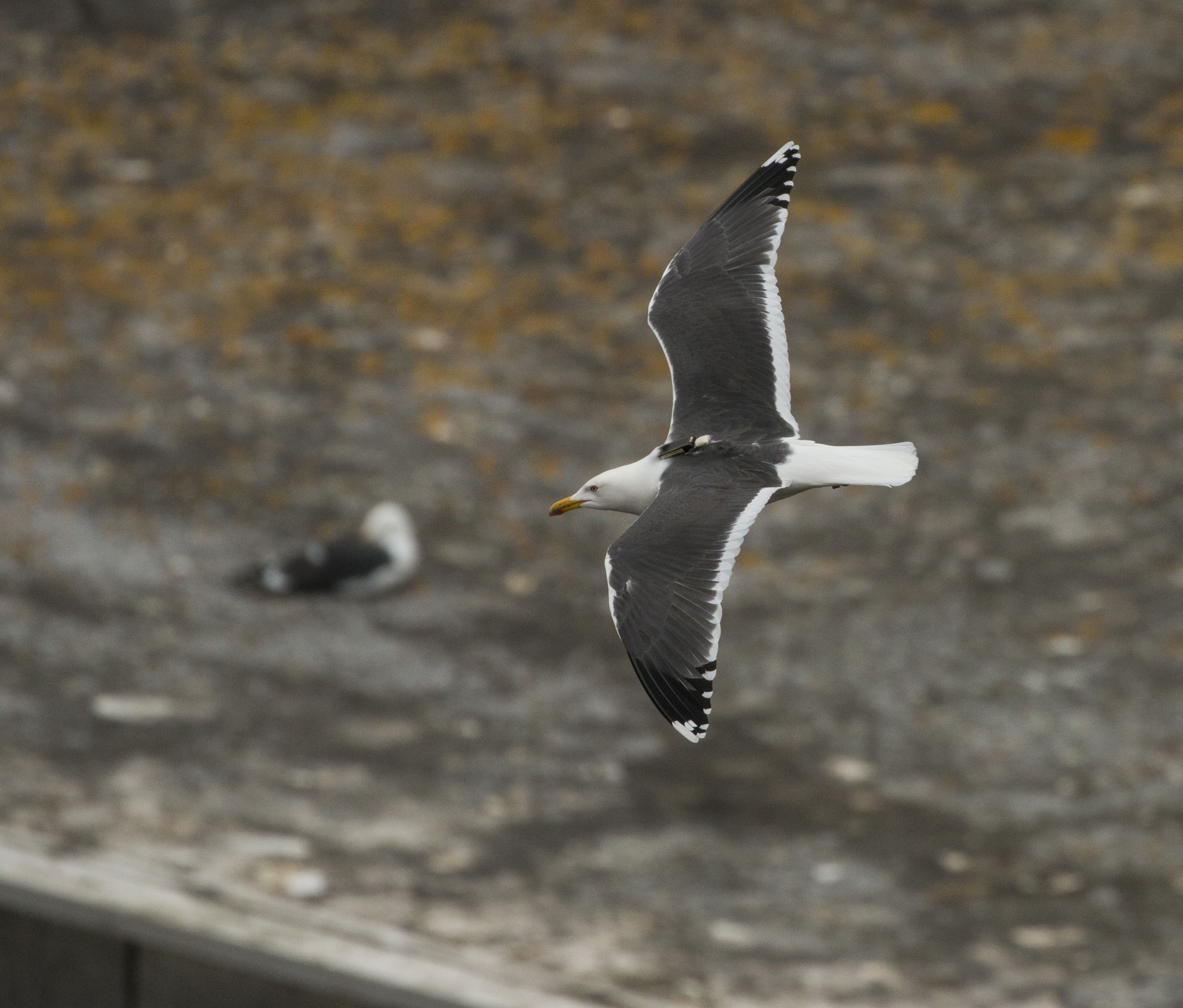
Urban gulls adapt foraging schedule to human activity patterns
If you’ve ever seen a seagull snatch some fries or felt their beady eyes on your sandwich in the park, you’d be right to suspect they know exactly when to strike to increase their chances of getting a human snack.
A new study by the University of Bristol is the most in-depth look to date at the foraging behaviours of urban gulls and how they’ve adapted to patterns of human activity in a city.
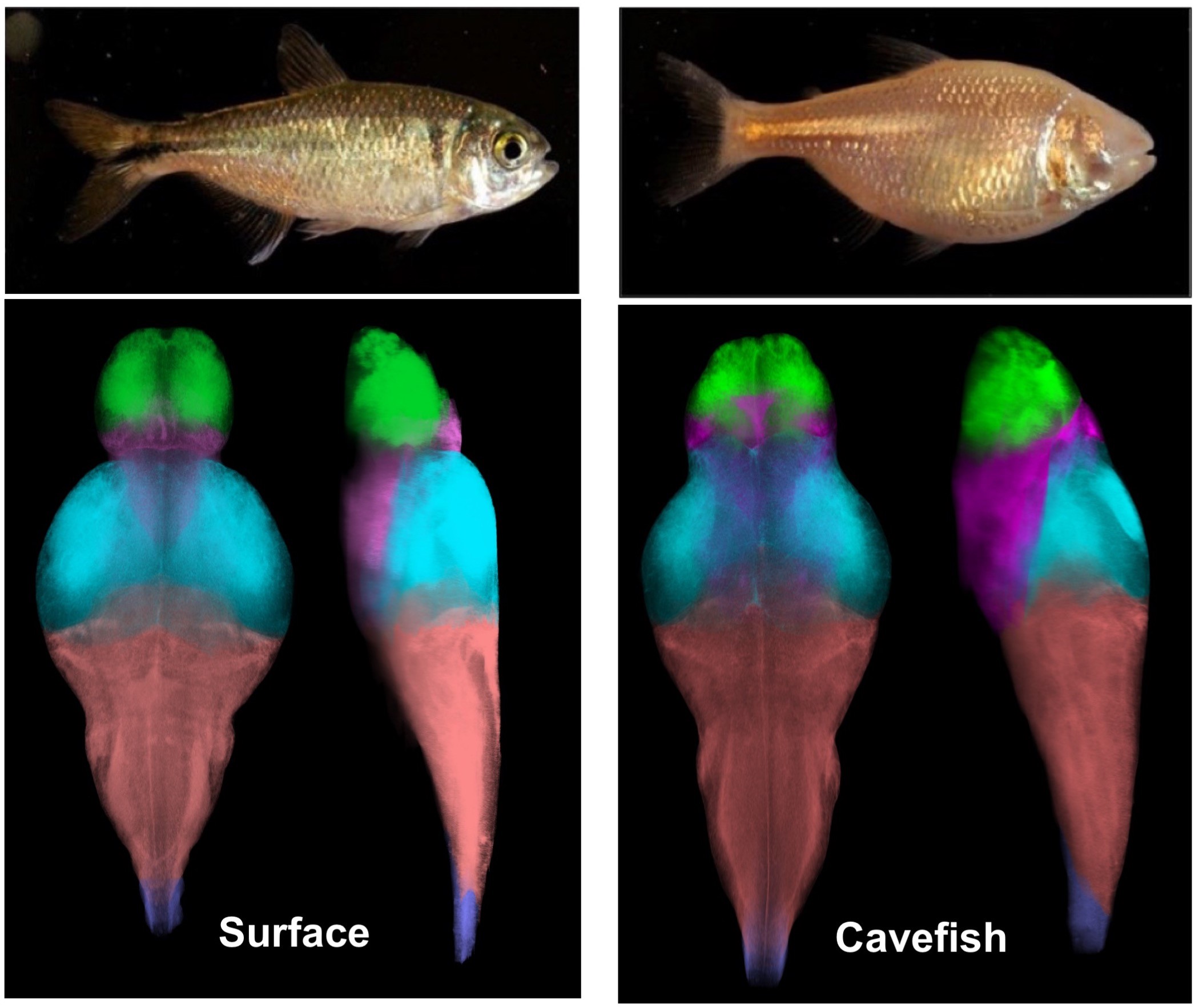
Mapping Cavefish Brains Leads to Neural Origin of Behavioral Evolution
While studied for nearly a century, little is known about how cavefish brains differ. A study is the first to look inside their brains with millimeter resolution to start to understand how the individual neurons and brain regions that drive complex behaviors, including sleep and feeding have evolved. This work has broad implications for the understanding of how brains evolve in many different animal models and is hoped to be widely used by the scientific community.
Meet the hedge fund managers of avian world
In uncertain times, it makes sense to manage risk in your endeavors — whether it’s investing in money-making opportunities or deciding where to lay your eggs. Brood parasites are birds that are known to lay their eggs in other birds’ nests. Cowbirds and cuckoos are among the most famous examples of this group.
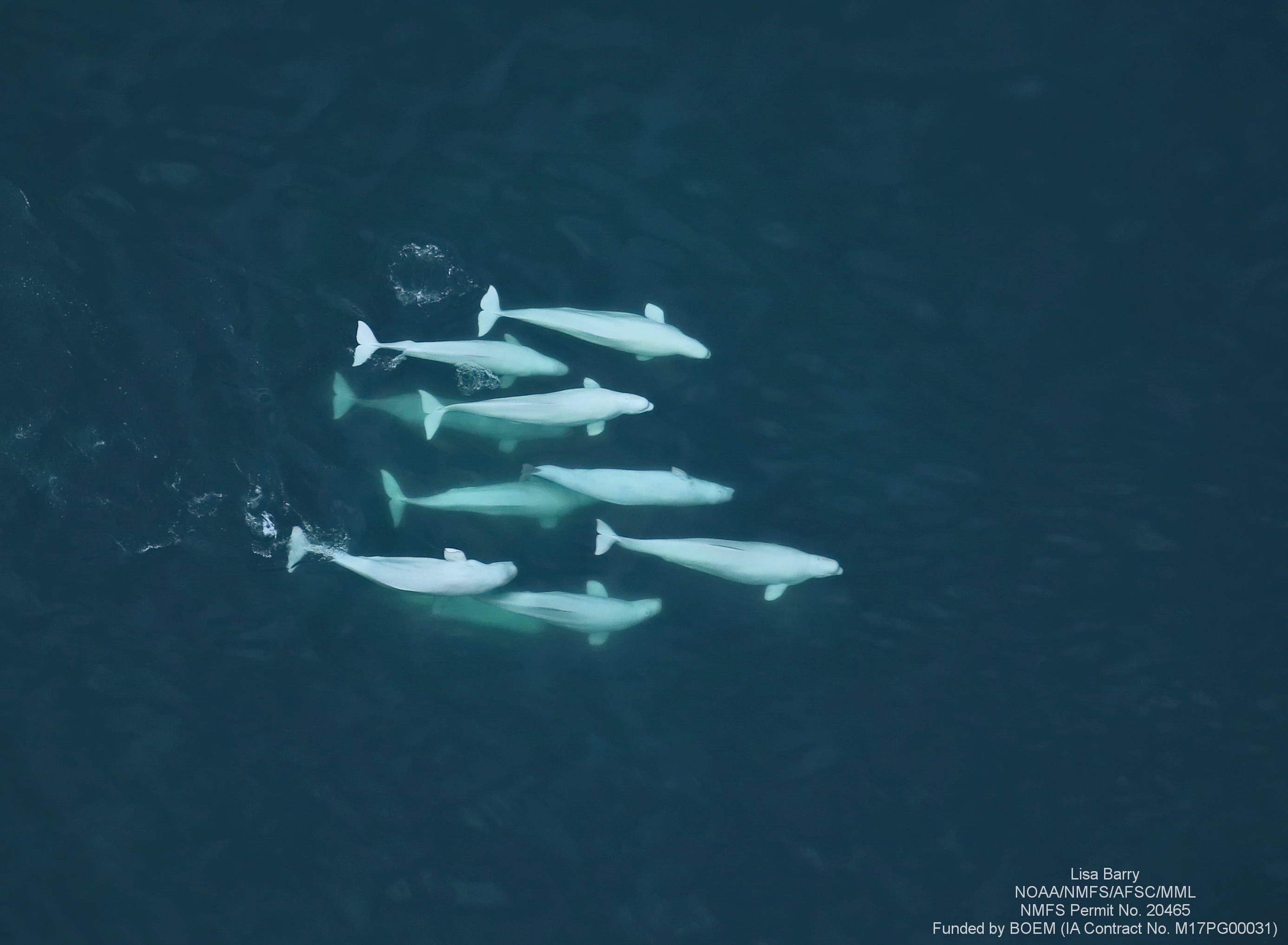
Like Humans, Beluga Whales Form Social Networks Beyond Family Ties
A groundbreaking study is the first to analyze the relationship between group behaviors, group type, group dynamics, and kinship of beluga whales in 10 locations across the Arctic. Results show that not only do beluga whales regularly interact with close kin, including close maternal kin, they also frequently associate with more distantly related and unrelated individuals. Findings will improve the understanding of why some species are social, how individuals learn from group members and how animal cultures emerge.
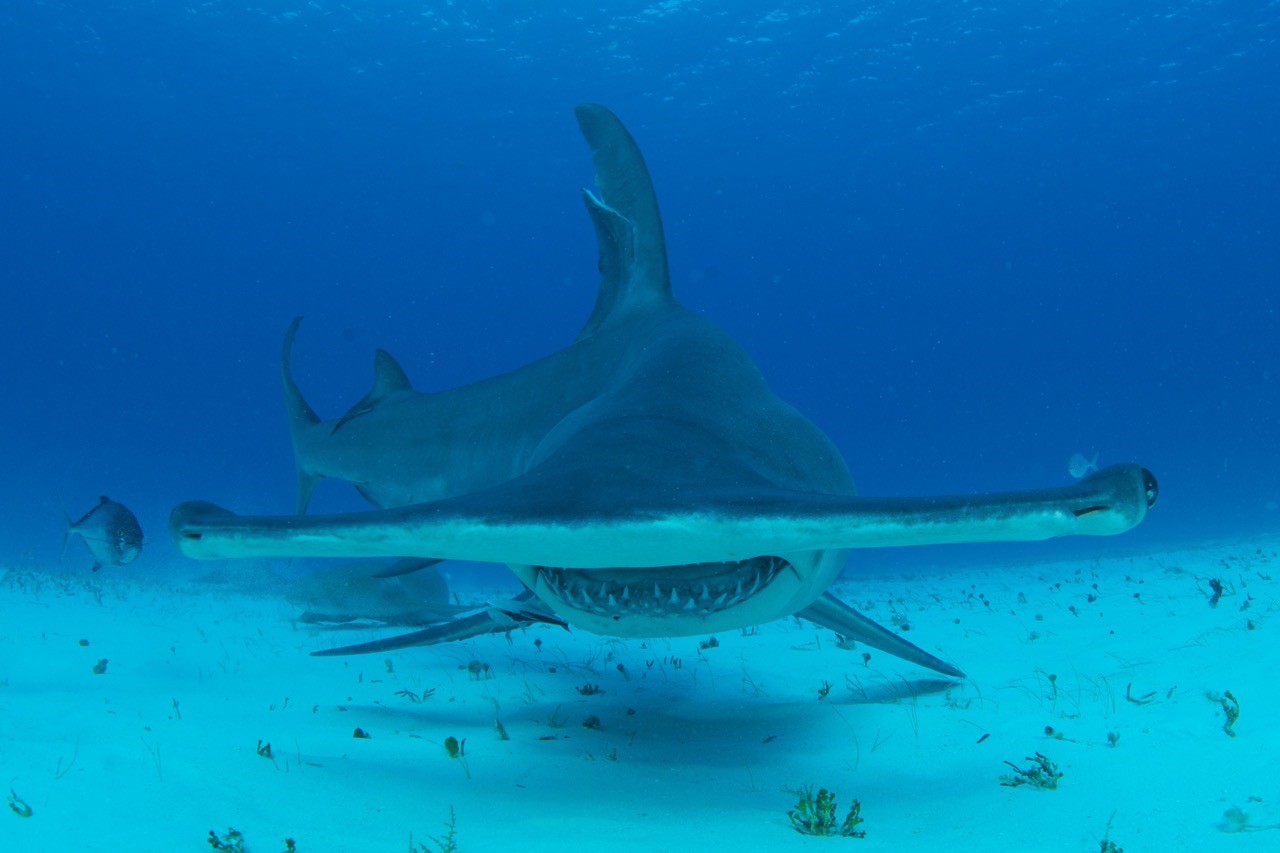
Can’t Touch This! Video Shows Blacktip Sharks Use Shallow Water to Flee Huge Predators
Aerial drone footage provides the first evidence of adult blacktip sharks using shallow waters as a refuge from a huge predator – the great hammerhead. Before this study, documentation of adult sharks swimming in shallower waters to avoid predation did not exist. Unmanned aerial vehicles enable scientists to unobtrusively observe behaviors in the wild, providing insight into seldom-seen predator-prey interactions. When it comes to sharks, this “hammerhead” time video proves you “can’t touch this.”
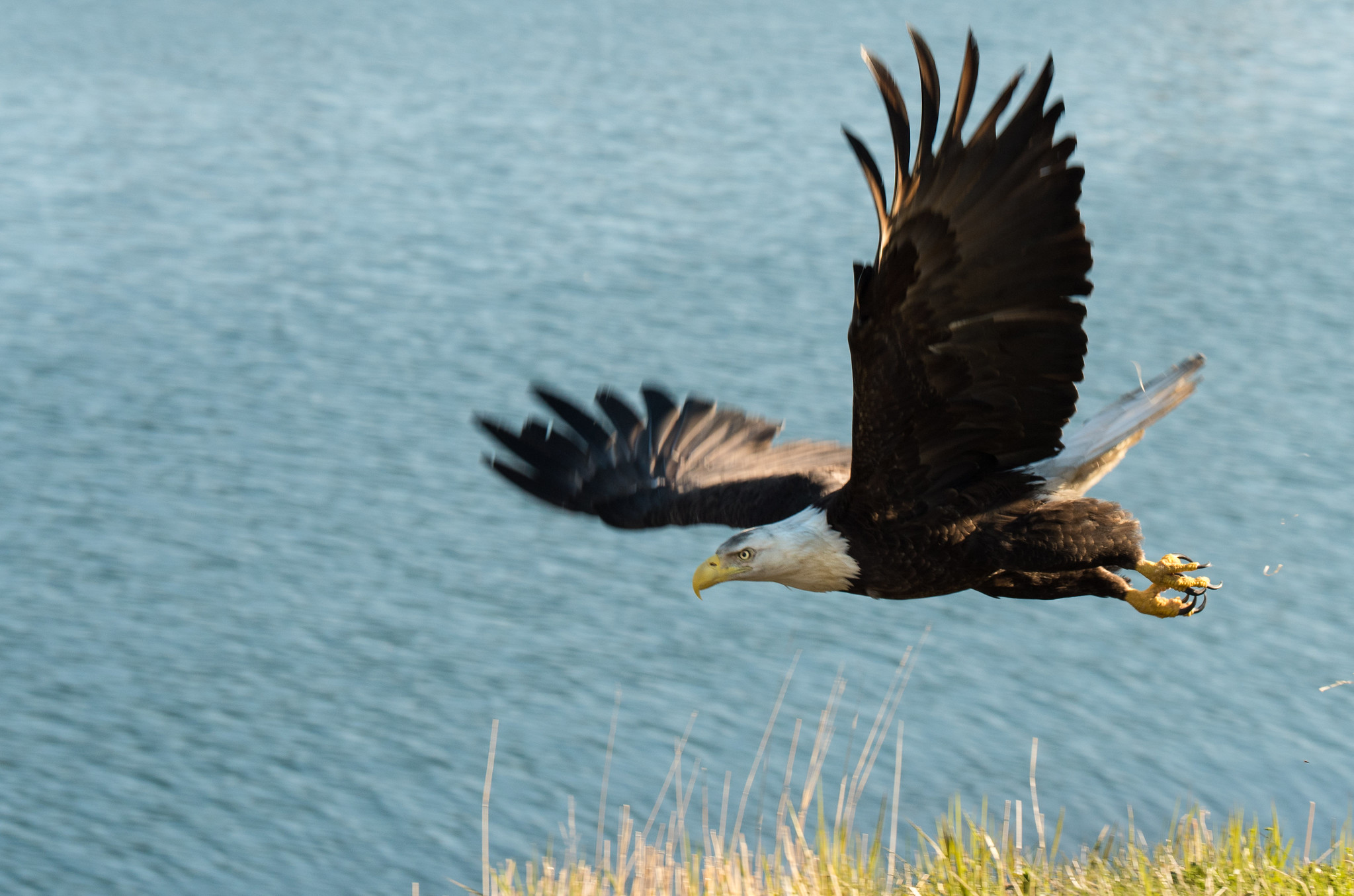
COVID-19: Social distancing works — just ask these animals
As social distancing is now being practiced at all levels of human society in order to mitigate a pandemic’s spread, a Virginia Tech expert in disease ecology says we need to look no further than our animal counterparts to understand why…
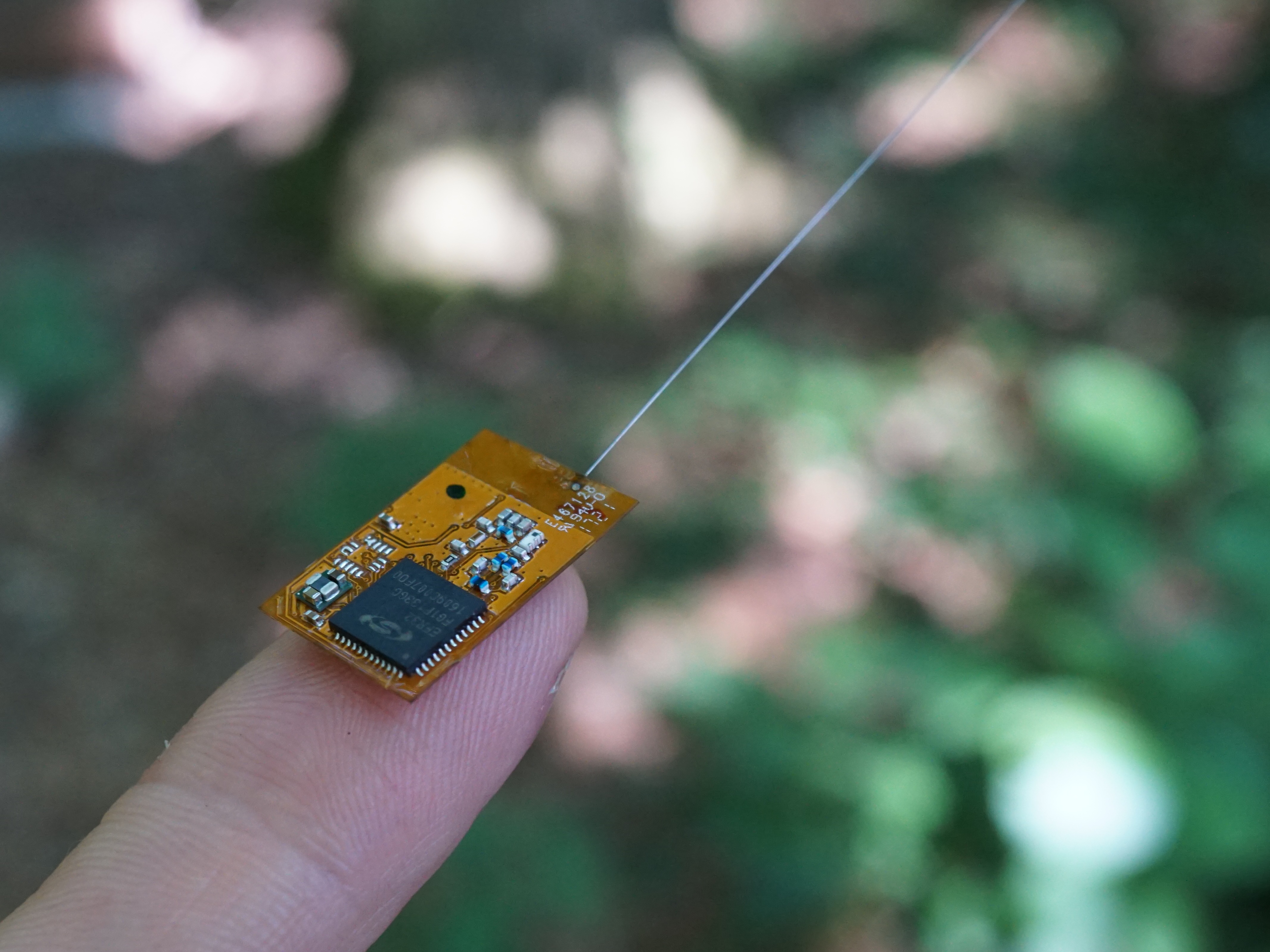
Scientists develop “backpack” computers to track wild animals in hard-to-reach habitats
With new technology described today (April 2) in PLOS Biology, researchers are able to track tiny animals that divide their time between flying around in the sky and huddling together in caves and hollow trees – by attaching little backpacks to them with glue.

For the First Time: A Method for Measuring Animal Personality
A study on mice, conducted by the Weizmann Institute of Science’s Prof. Alon Chen and colleagues, shows that animal research may need to take into account the connection between genes, behavior, and personality